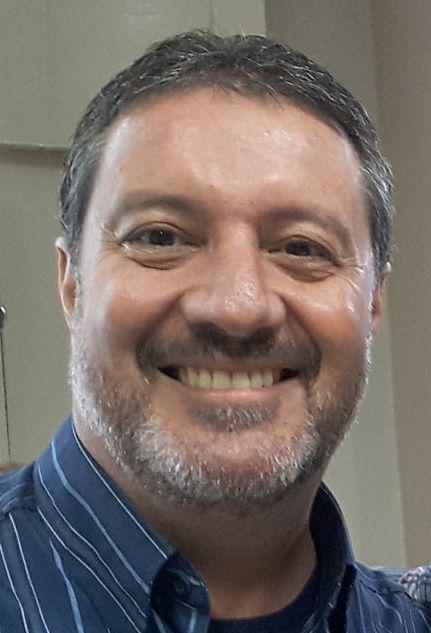First of all, let me tell you how I normally acquire new vocabulary in Portuguese. I come across an unfamiliar word in a conversation or in a text I am reading or listening to. If I am feeling suitably inclined, I might bother to clarify the meaning of the new word, using whatever resources are at my disposal. And then, more often than not, I will forget it. Further down the line, I will notice the word being used again, and again, and again. And each time I recognize the word being used in different contexts, the more salient it becomes and consequently the more I notice it. It is only after this repetitive processing that I stop forgetting the word and gradually acquire it as part of my long term memory stock of words.
Spaced Repetition is based on an understanding of how the brain works, and a recognition of the fact that the brain has limitations that are impossible to overcome. For example, studies have consistently shown that we can only remember five to seven new pieces of information at a time (which is why a telephone number of more than seven digits is much more difficult to recall). Furthermore, it has been shown that a memory does not exist in any one place in the brain, but is an emergent feature of many different parts of the brain firing in a certain way. When we learn something, it isn’t stored in a single location, but is instantly scattered across many different regions of the brain. As a result of these studies into neurological processing and memory, we have a better idea as to which learning strategies might be more effective.
Spaced repetition is a learning strategy. The idea was first put forward in 1932 by Professor C.A.Mace in a book called ‘Psychology of Study’. Based on an extensive study, he concluded that:
Perhaps the most important discoveries are those which relate to the appropriate distribution of the periods of study….Acts of revision should be spaced in gradually increasing intervals, roughly intervals of one day, two days, four days, eight days, and so on.
We know that the brain stores information it deems to be important. It strengthens and retains memories of events, words, numbers, etc, it encounters regularly and frequently.
The strategy is particularly useful for those learners who are required to memorize and retain a large number of items, such as a student learning lexical items in a second language.
The technique of Spaced Repetition is simple. It demands revisiting the same information regularly at set intervals over time. It is therefore not drilling. Spaced Repetition forces learning to be effortful, and the brain responds to that stimulus by strengthening the neurological connections between nerve cells. By spacing out the intervals, you are exercising these brain ‘muscles’ each time. It therefore produces long term retention of knowledge.
However, the problem for many language learners is that teachers do not give sufficient opportunities in the classroom to revisit information, and / or students do not possess the learning strategies or resources to implement Spaced Repetition themselves.
I think that most teachers would see the benefits of Spaced Repetition but due to institutional and time constraints like the need to cover the language which will be tested, or to get through a set number of units in a coursebook, there is not sufficient time to recycle language on a regular basis. Even if there is time, there is also the question of what language should be repeated, and how this language should be collated. Afterall, a lot of language is likely to emerge during an hour long lesson. There is also the fact that many teachers still approach lessons as one-offs, that today we will look at and learn the vocabulary of jobs, and having done so it is presumed to have been acquired.
So, if we agree that this strategy might be beneficial for our learners, teachers need to start by planning syllabi which incorporate opportunities to repeat language at regular set intervals.
Most students will be unaware of what Spaced Repetition is, how it relates to our brains’ memory process, and the subsequent benefits it might have for their language development. Teachers therefore need to engage in a bit of learner training by telling them about Spaced Repetition. Having done so, teachers should provide learners with the skills and resources they need to apply Spaced Repetition techniques in self-directed learning. Technology and digitalization have provided us with a wide variety of tools and software which students can use to help them apply Spaced Repetition learning techniques, from simply recording new language in the Notes on their smartphones, to using software like Anki, or apps such as Duolingo.
In conclusion, the brain functions in a certain way, with limitations. Knowledge is processed and memorized in different parts of the brain. Some learning strategies will therefore be more effective than others. Spaced Repetition is one of the more effective techniques. Teachers should therefore be systematically incorporating it into their course design and teaching.






